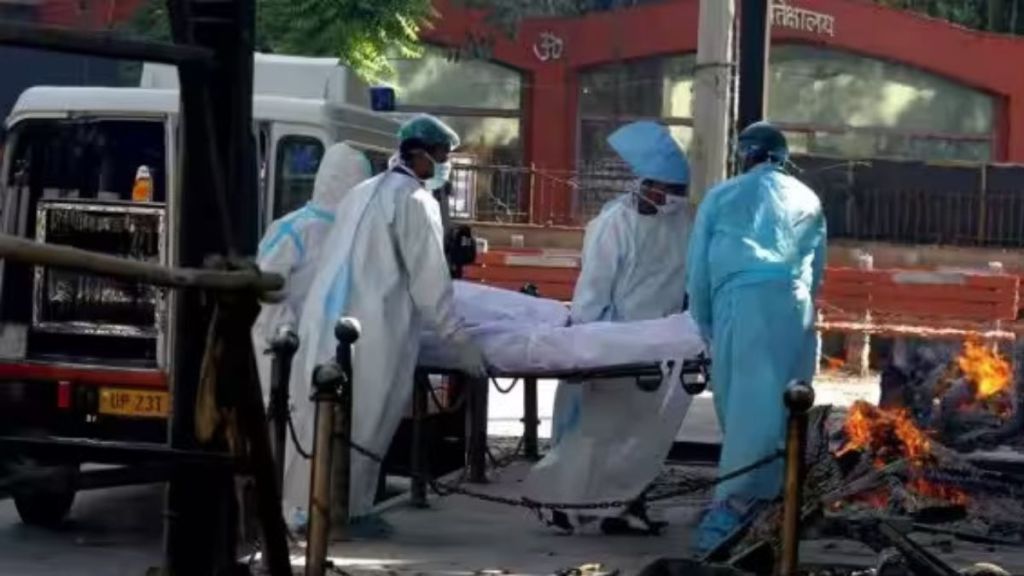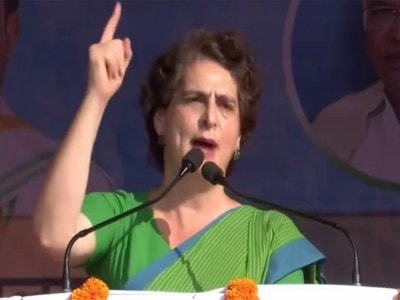A recent study from a network of hospitals affiliated with the Indian Council of Medical Research (ICMR) found that people who reported post-Covid conditions after being released from the hospital had a nearly threefold higher risk of dying in the year that followed than those who did not.
It was discovered that 6.5% of people hospitalized with moderate to severe Covid-19 infection died after a one-year follow-up period.
The findings are based on data from 14,419 patients from 31 hospitals who were phone-followed for a year.
According to the survey, 17.1% of patients admitted since September 2020 have post-Covid symptoms. The study did not use the WHO or US CDC definitions of “long-Covid,” which were added after the study had already begun enrolling patients, but instead defined it as persistent or new onset fatigue, breathlessness, or cognitive abnormalities such as difficulty remembering or concentrating, as well as brain fog. Only those who reported these symptoms during the first four weeks following discharge were considered to have post-Covid disorders.
According to the study, men, those over the age of 60, and those with comorbid diseases had a higher chance of dying one year after discharge from the hospital. It revealed the importance of even a single vaccine in long-term mortality, finding that those who received at least one dose of the vaccine had a 40% lower chance of death between the first four weeks of follow-up.
According to the study, different possibilities were investigated to explain deaths reported in the year following Covid-19. These deaths could have been caused by “prolonged inflammation, virus-induced organ damage, and endothelial (lining of the inner layer of the lungs) dysfunction.”
With new variants being reported, Prime Minister’s Principal Secretary P K Mishra chaired a high-level Covid-19 review meeting on Monday. Over 50 countries have identified the EG.5 variation. Another variety, BA.2.86, has been reported in four nations, according to Union Health Secretary Sudhanshu Pant. He urged states to watch trends in incidence of influenza-like infections and urged public health services to remain prepared.









